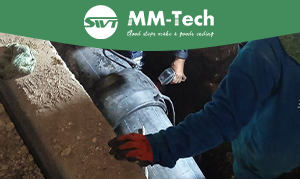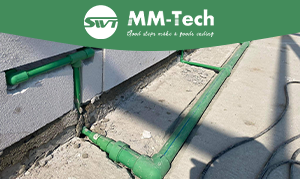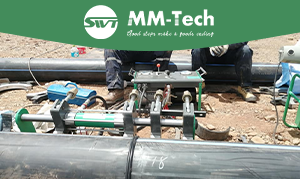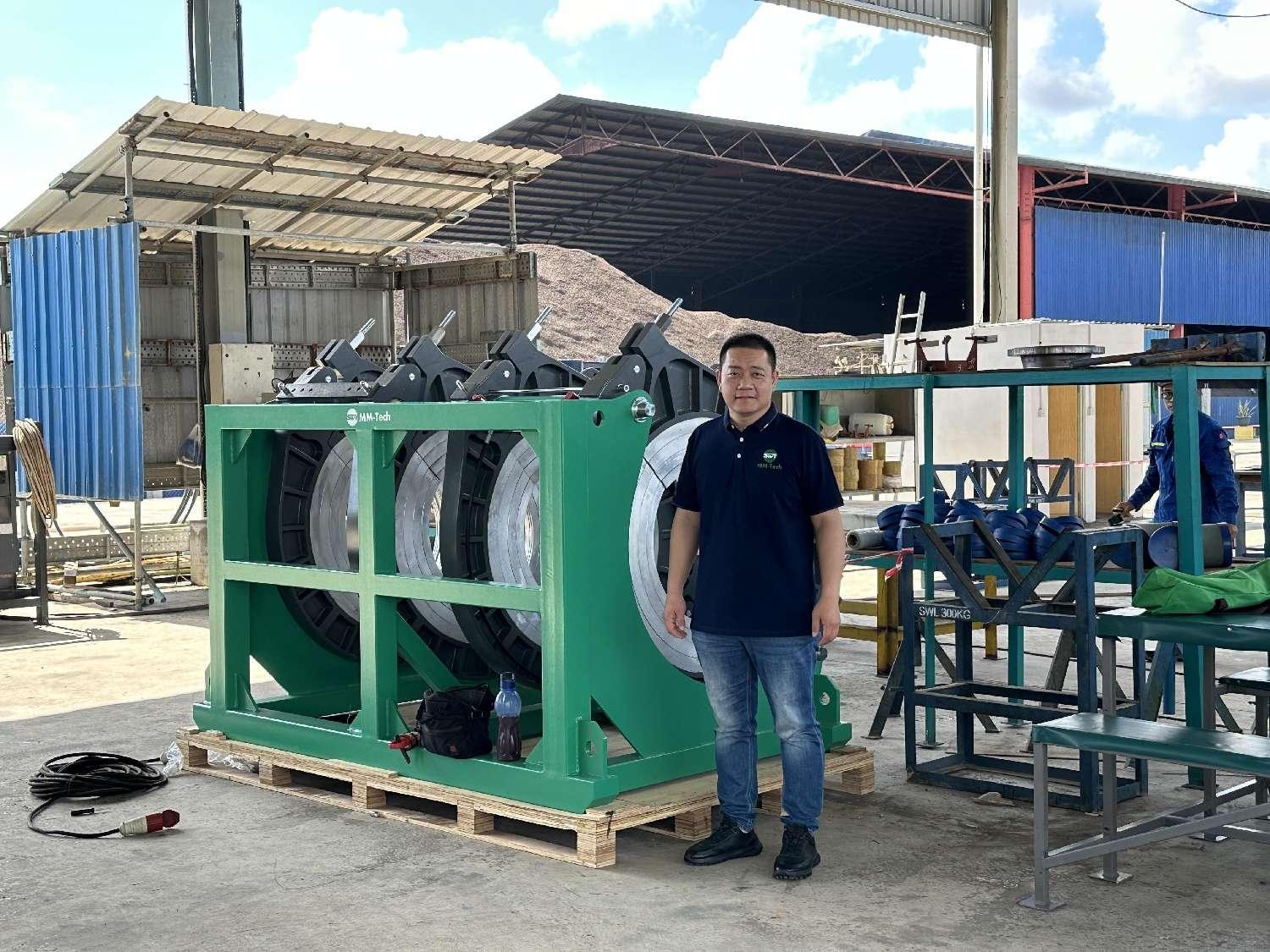
Fusing HDPE pipes requires precision to create strong, leak-proof joints. You must heat the pipe ends to a temperature between 200-240°C (392-464°F) using a butt fusion welding machine HDPE. This process ensures durability and reliability. HDPE pipes are widely used in industrial applications due to their resistance to chemicals and abrasives, making them ideal for transporting hazardous materials and slurries.
Key Takeaways
Heat HDPE pipe ends to a temperature between 200-240°C (392-464°F) for strong, leak-proof joints.
Thoroughly clean and prepare pipe ends before fusion to ensure a successful bond.
Allow at least 11 minutes of cooling time per inch of wall thickness to maintain joint strength.
Understanding the Butt Fusion Welding Machine for HDPE
What is a Butt Fusion Welding Machine?
A butt fusion welding machine is a specialized tool designed to join high-density polyethylene pipes. It creates a seamless and durable connection by heating the pipe ends to a molten state and pressing them together. This process ensures a strong bond, making it ideal for applications where leak-proof joints are essential. You can use this machine for various industries, including water and gas distribution, wastewater management, and industrial pipelines. It also plays a critical role in geothermal and HVAC systems, ensuring efficient heat transfer.
The operation of a butt fusion welding machine follows a systematic process:
Preheating: The heating plate is preheated to approximately 200°C, depending on the material.
Clamping: The pipes are securely clamped to maintain stability.
Heating and melting: The pipe ends are heated until they reach a molten state.
Welding: The heating plate is removed, and pressure is applied to fuse the molten ends.
Cooling and curing: The joint is held under pressure until it solidifies.
This step-by-step method ensures precision and reliability, making the machine indispensable for high-density polyethylene pipe welding.
Key Components of a Butt Fusion Welding Machine
A butt fusion welding machine consists of several essential components that work together to deliver accurate results:
Heating Plate: This component heats the pipe ends to the required temperature for fusion.
Clamping Unit: It holds the pipes in place, ensuring stability during the welding process.
Trimmer Tool: This tool prepares the pipe ends by removing any irregularities or debris.
Hydraulic Unit: It applies the necessary pressure to fuse the molten pipe ends.
Control Panel: This feature allows you to set and monitor parameters like temperature and pressure.
Each component plays a vital role in ensuring the machine operates efficiently. For example, the heating plate’s anti-stick coating prevents material buildup, while the hydraulic unit ensures consistent pressure for a flawless joint. Together, these parts make the butt fusion welding machine a reliable tool for high-density polyethylene pipe applications.
How to Perform HDPE Pipe Fusion with a Butt Fusion Machine
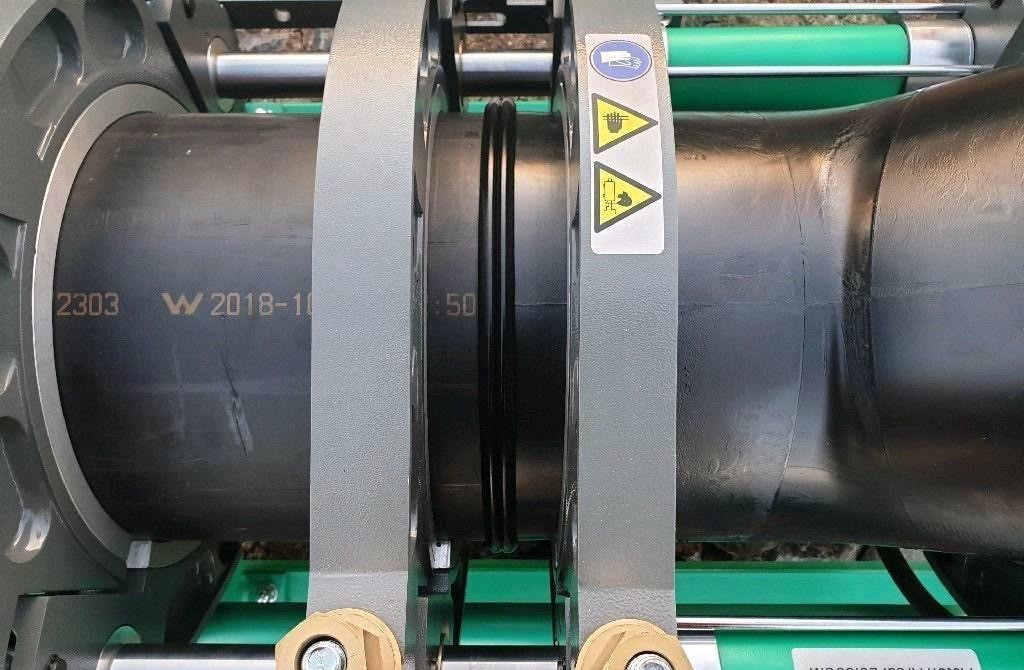
Preparation for HDPE Pipe Joining
Proper preparation ensures a successful hdpe pipe fusion. Follow these steps to get started:
Cleaning and Deburring: Use a lint-free cloth and an approved PE cleaner to remove dirt and grease. A pipe scraper helps smooth the surface.
Deburring the Pipe Ends: Eliminate plastic shavings with a deburring tool to create even edges.
Chamfering the Pipe Ends: Bevel the edges using a chamfering tool for easier insertion into the butt fusion welding machine.
Marking the Insertion Depth: Measure and mark the required depth on the pipe circumference.
Final Inspection: Ensure all surfaces are clean and tools are free from contamination.
Tip: Inspect pipes for cracks or impurities before starting. Avoid windy or dusty conditions to prevent contamination during the process.
Heating the HDPE Pipe Ends
Heating is a critical step in the butt fusion process. Preheat the heating plate of your butt fusion welding machine hdpe to a temperature between 204°C and 232°C (400°F to 450°F). This range ensures the pipe ends melt evenly. Uniform heating minimizes weak spots in the joints. Use an automatic temperature control system to maintain consistent heat. Adjust heating parameters based on environmental conditions, such as extreme cold or wind, to achieve optimal results.
Fusion Process for HDPE Pipes
Once the pipe ends are heated, remove the heating plate and press the molten ends together. Apply consistent pressure using the hydraulic unit of the butt fusion welding machine. This step creates a seamless bond. Ensure the pipes remain aligned throughout the fusion process. Misalignment can weaken the joint and compromise its durability.
Cooling and Finalizing the Joint
Cooling is essential for maintaining the integrity of the joint. Allow the joint to cool under pressure for at least 11 minutes per inch of wall thickness. Avoid moving or disturbing the pipe during this time. For larger pipes, cooling may take longer. Follow the manufacturer’s recommendations to ensure a strong and durable bond. After cooling, inspect the joint for any gaps or irregularities.
Note: Adequate cooling time prevents joint failure and ensures long-term reliability.
Factors Influencing HDPE Pipe Fusion Temperature
Pipe Size and Material Grade
The size and material grade of the pipe significantly affect the fusion process. Larger pipes require more heat and longer heating times to ensure the ends melt evenly. Smaller pipes, on the other hand, heat up faster and need precise timing to avoid overheating. The material grade also plays a role. High-density polyethylene (HDPE) pipes with different grades may have varying melting points. You should always check the specifications of the pipe to determine the correct temperature and heating duration for successful butt fusion.
Tip: Use a butt fusion machine with a digital temperature control system to maintain accuracy during the process.
Environmental Conditions and Their Impact
Environmental factors like temperature, humidity, and wind can influence the quality of the fusion. Extreme cold or windy conditions can cause heat to dissipate too quickly, leading to weak joints. High humidity can introduce moisture, creating voids in the fusion area. To counter these challenges:
Use insulated covers to retain heat during fusion.
Increase heating times by 5-10% in colder environments.
Erect windscreens to minimize heat loss.
Ensure the ambient temperature is between 40°F and 120°F for optimal results.
Note: Avoid performing pipe installation in windy or dusty conditions to prevent contamination of the joints.
Importance of Following Manufacturer Guidelines
Adhering to manufacturer guidelines is crucial for achieving strong and durable joints. These guidelines provide specific instructions for heating, pressure application, and cooling times tailored to the pipe material and size. They also include inspection methods to assess the strength of the joints. Following these recommendations ensures the success and longevity of your pipe installation. It also helps you overcome common challenges in butt fusion, such as misalignment or improper heating.
Reminder: Always refer to the manufacturer’s manual for best practices during the fusion process.
Fusing HDPE pipes successfully requires precision and adherence to best practices. Using a high-quality butt fusion welding machine HDPE, like the MM-Tech model, ensures durable and leak-proof joints. Follow these key steps for optimal results:
Clean and prepare the pipe ends thoroughly to remove debris.
Heat the pipe ends to the correct temperature without overheating or underheating.
Apply consistent pressure during the fusion process for uniform joints.
Allow sufficient cooling time to maintain joint strength.
A reliable machine offers long-term benefits, including seamless joints, durability, and low maintenance. By following manufacturer guidelines and considering environmental factors, you can achieve consistent results in every project.
Tip: Investing in a high-quality machine ensures longevity and reduces operational costs over time.
FAQ
What is the ideal temperature range for fusing HDPE pipes?
The ideal temperature range is 200-240°C (392-464°F). This ensures the pipe ends melt evenly, creating a strong and durable joint.
Can you use any butt fusion machine for HDPE pipes?
No, you should use a high-quality machine like the MM-Tech Butt Fusion Machine. It ensures precision, durability, and compliance with industry standards.
How long should you let the joint cool after fusion?
Allow the joint to cool under pressure for at least 11 minutes per inch of wall thickness. This prevents joint failure and ensures durability.
Tip: Always follow the manufacturer’s cooling recommendations for the best results.


